Thank you to everyone that came along to the 10 Ways To Tell Compelling Stories With Photography session at #BML16. It was certainly a highlight from the weekend which largely consisted of socialising with old friends and new as well as laughing a little bit too much. Oh yes and I genuinely mistook Cherry Healey for a long lost chum, I know I know! Lots of you asked for a round-up of the photography session so here for your delectation are a few key take aways.
You might have a different opinion but for me taking photographs is not something I do per se but something I feel. More often than not I know exactly what I want to capture, even before I’ve pressed the shutter. Everyone knows “a picture is worth a thousand words” but are your photographs striking the right balance and telling the best story?
Storytelling is all about captivating an audience and we all have the ability to do that. It doesn’t matter whether you’re sharing personal experiences through one or multiple images. Or communicating part of an evolving story which may not be as clear and makes your readers think. Either way, the images we share, and the words we use around those, can have an impact on the story we’re telling.
Capture what excites you
Take a step back and think about the kind of photographs you enjoy taking. What is it that gets your heart racing and stirs the fire in your belly. I’ve had an interest in photography as long as I can remember although my passions have changed over the years. I adore capturing people, places and animals but I’m continually pushing the boundaries.
You will of course improve at a certain type of photography if you practice but the challenge is taking yourself out of your comfort zone. Had I not done that, I would never have discovered I had a fascination for macro photography and making the small big. You might want to be recognised for a specific type of photography and find a niche for yourself but experiment too. It will help you identify what you want to capture before you’ve taken a photograph.
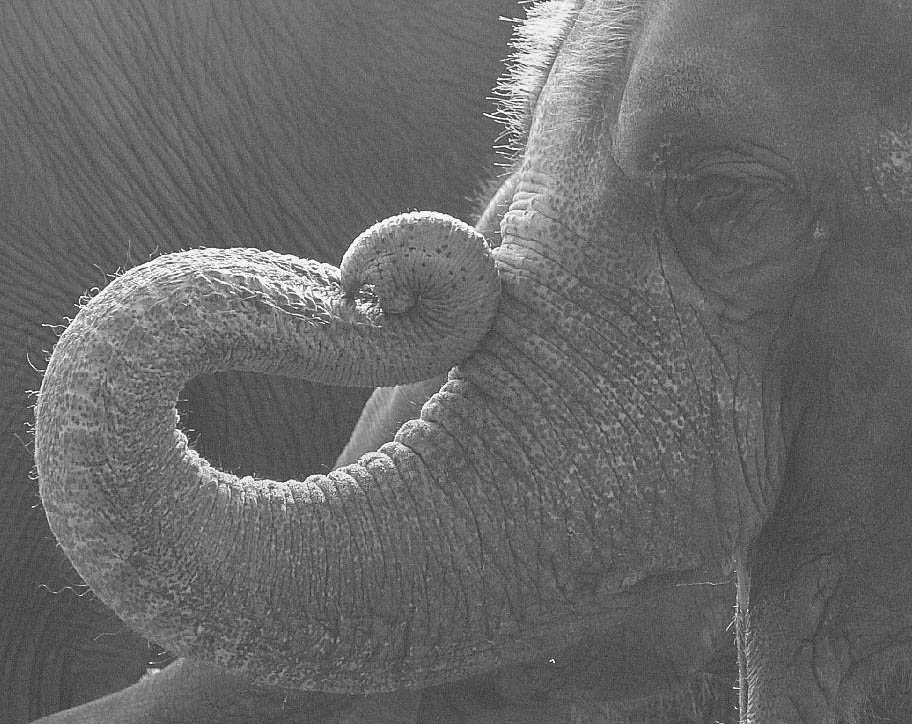
Find a hook
Always ask yourself how you’re going to draw a reader in and keep them there but keep it simple. Think about what you’re trying to say with your photographs and always have a hero image first. Think about how you want people to feel when they see your photographs.
Mood is a key factor too so think about what’s in the background of your photograph, make sure there is nothing that detracts attention away from your subject. More often than not, changing position can be the difference between a cluttered background and one that complements. If a background is not part of your story, change your focal length to blur the background.

Show context
A photograph of an individual is not always enough when it comes to storytelling. You can make a photograph more meaningful by showing context. Sometimes readers don’t want to second guess what’s happening they want to see the full picture. Think about what you need to include or exclude from your photographs in order to give your readers all the answers.
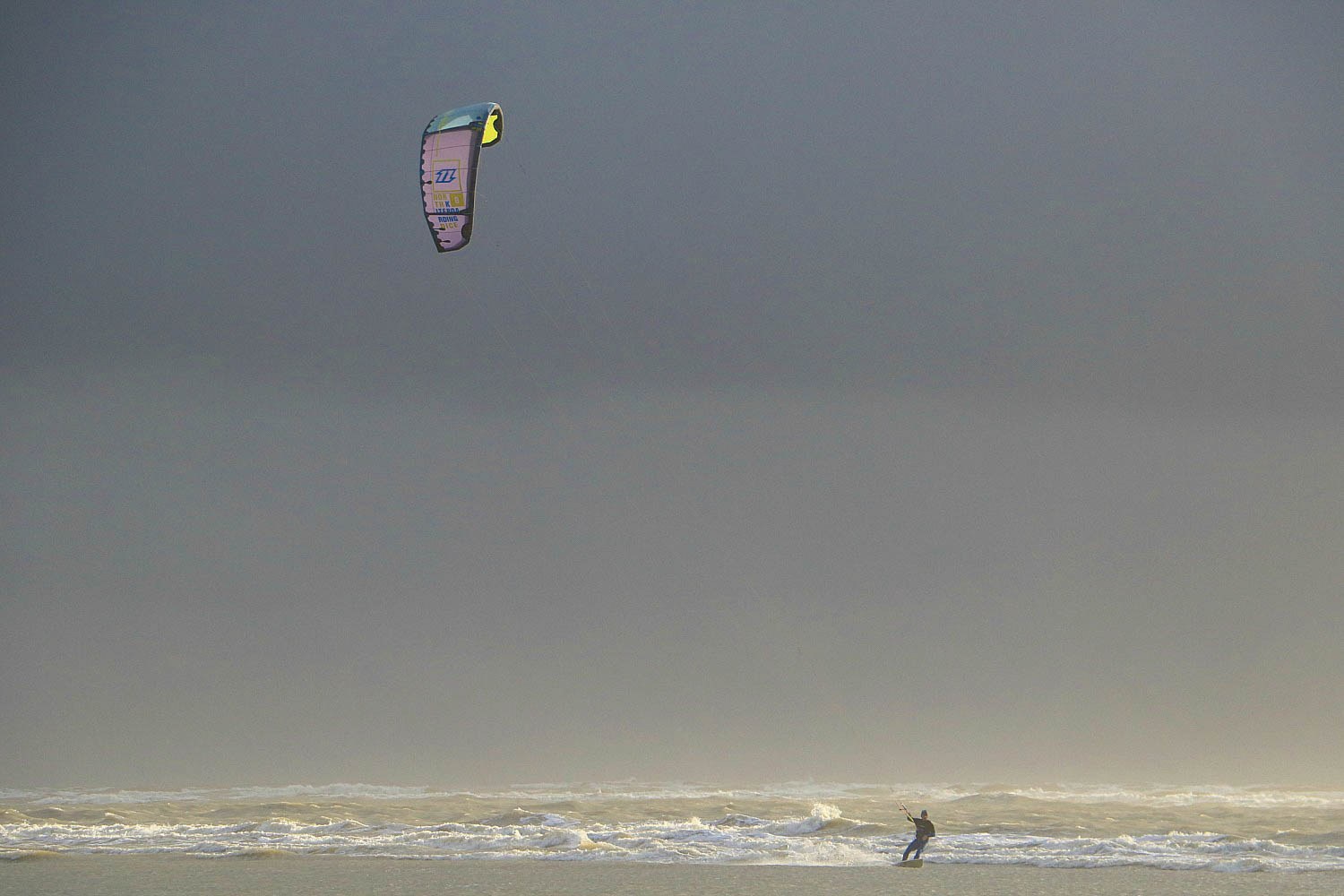
Capture emotion
Capturing emotion is a fundamental part of storytelling, achieved through facial expressions or activities. We all love an emotional image whether it be happiness, surprise or sadness – hopefully not too much of the latter! Think about how you want people to feel when they see your photographs and make sure what you show has a positive impact on your story. Spontaneity is a huge part of that and sometimes you just have to be patient. I’ve lost count how many times I’ve captured a wonderful moment because I continued to take photographs.
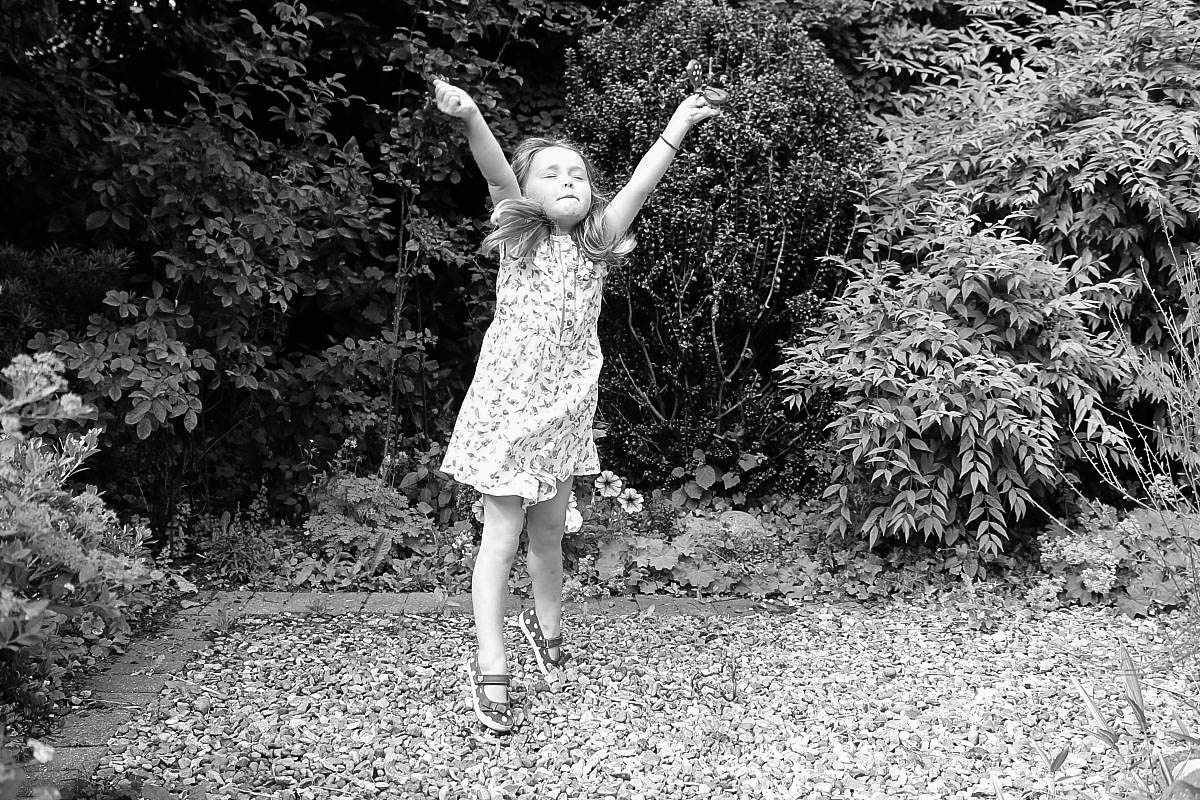
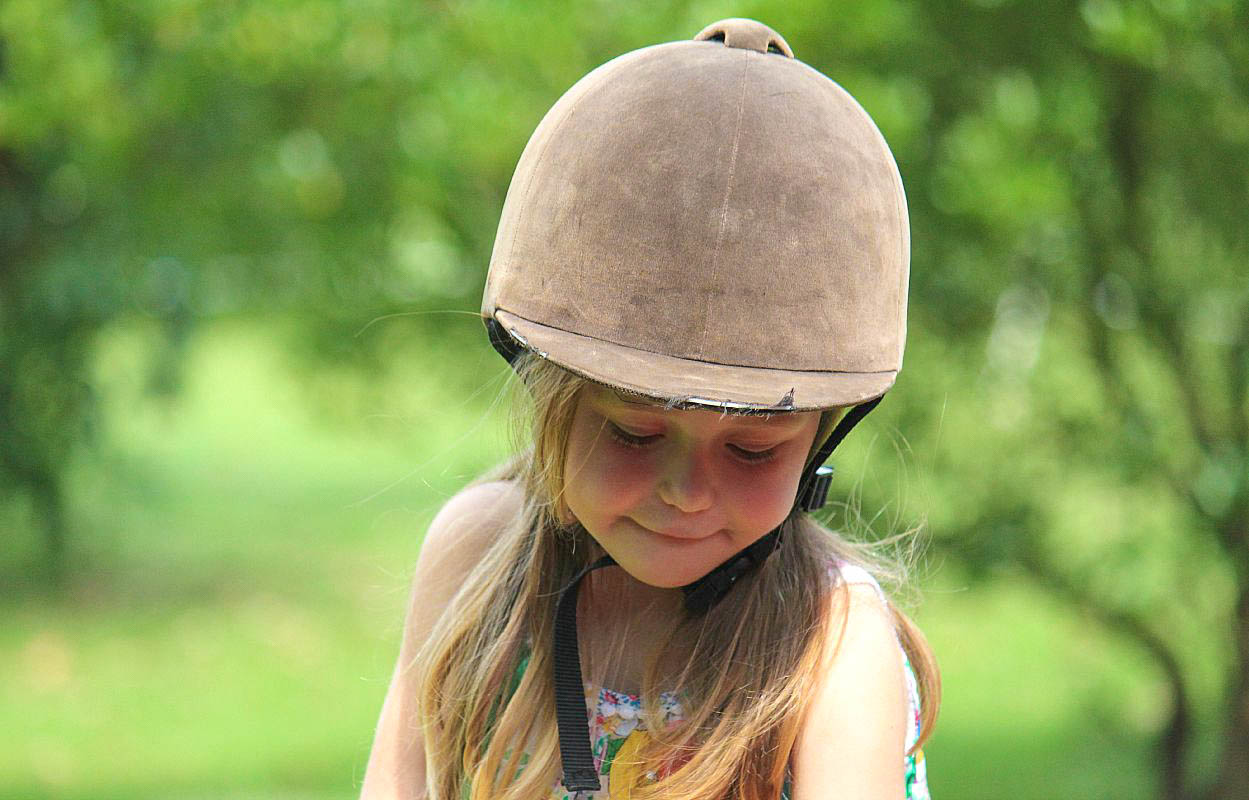
Adopt a theme
A great way to emphasise the story you’re telling is by adopting a theme – this doesn’t mean editing your photographs to within an inch of their life! Instead considering how they fit together. For example visual themes are based on colours, patterns, shapes or style whereas relationship based themes relate to the people in your photographs. Locational themes are also great but can be quite repetitive so you need to think about how you can mix it up.
Think about how your photographs fit together and take out any that aren’t part of the story or don’t fit. It’s always good to seek out photographs that stand out on their own too as one amazing photograph could tell a better story than a collection of average ones.
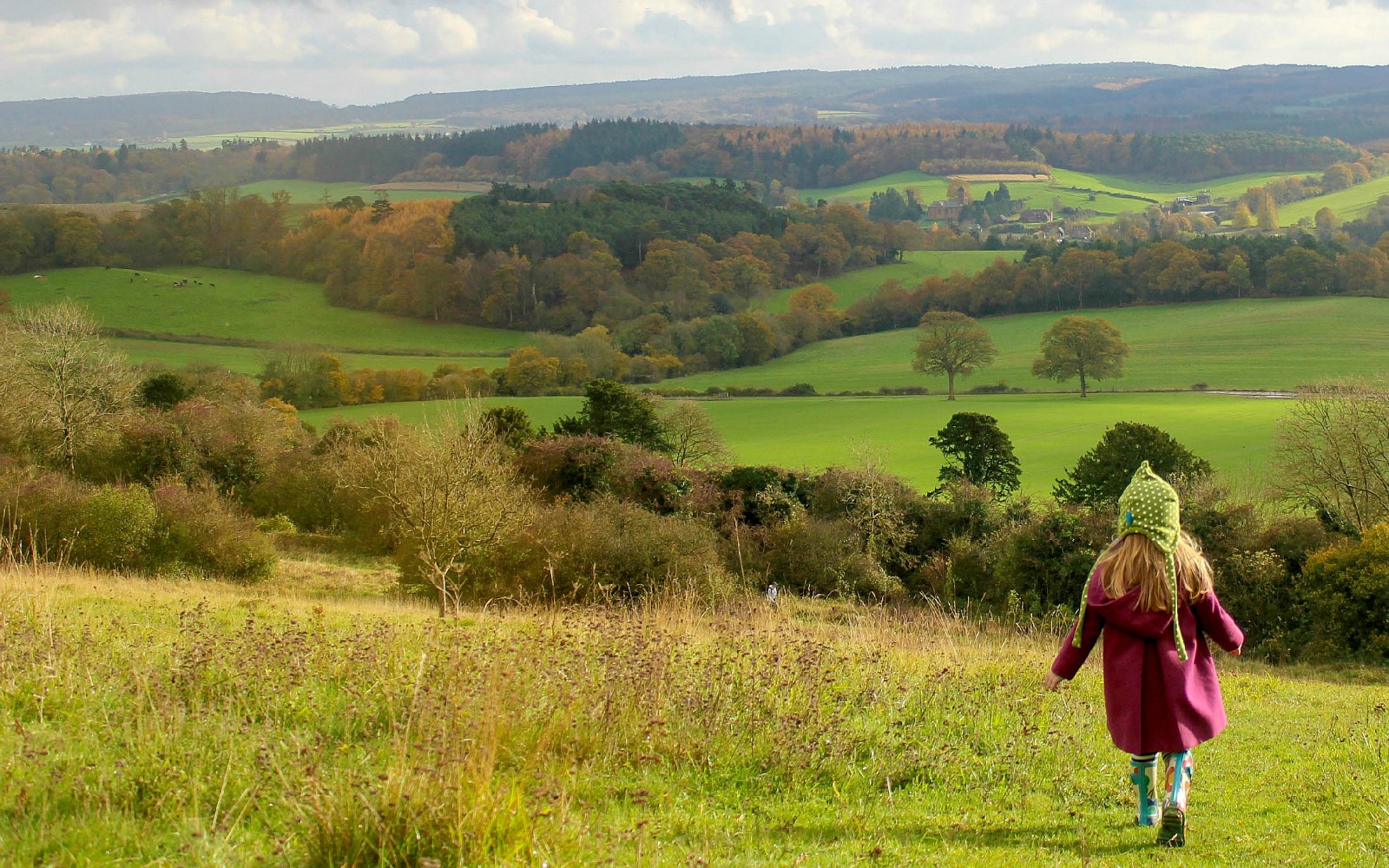
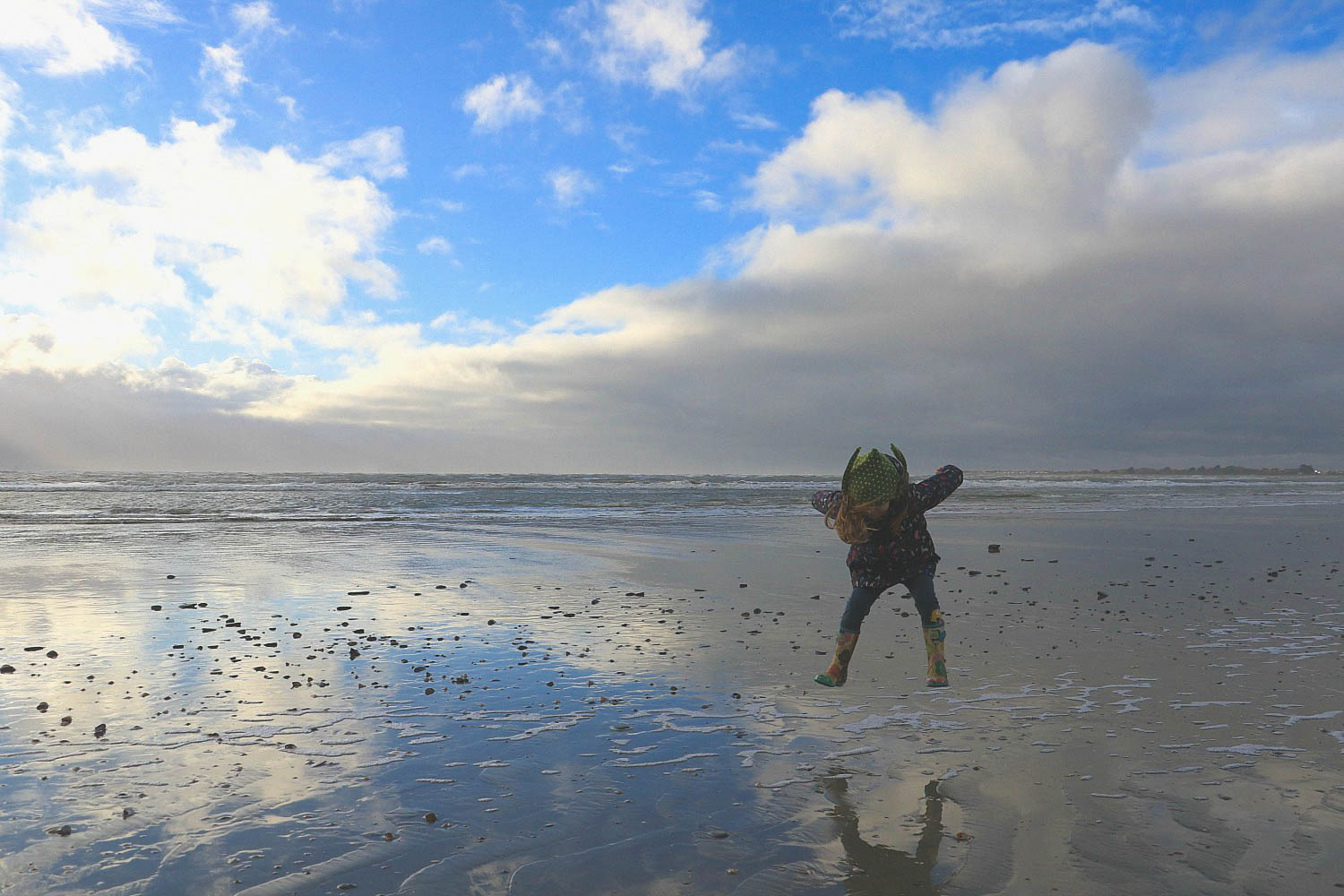
Isolate your subjects
All stories need a beginning, a middle and an end so people know who the main characters are. The same applies to photography so you need to eliminate anything that gets in the way. Remove the clutter from your photographs, crop out the rubbish bins, the lady in her fluorescent jacket and the random strangers. It can make the difference between a good photograph and a great one. See how the background is enhancing your images and consider how you can edit it to make your image more impactful.
Candid photography is a great way to isolate your subjects. POD is not one for taking instruction so the majority of the photographs I take of her are captured without her knowing. They do look more natural as a result though and I love that even if occasionally it appears they’ve been staged. If only I were that lucky!
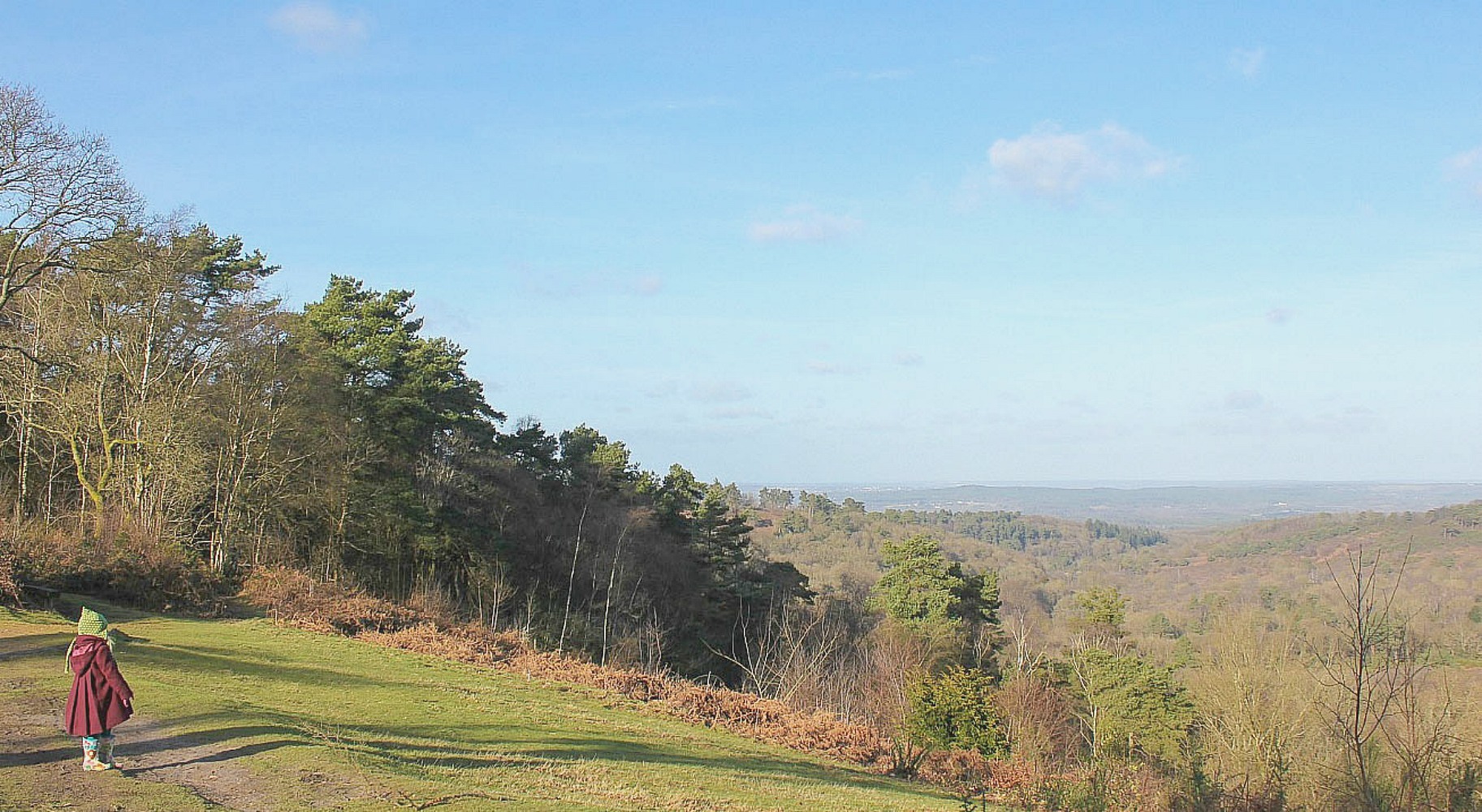
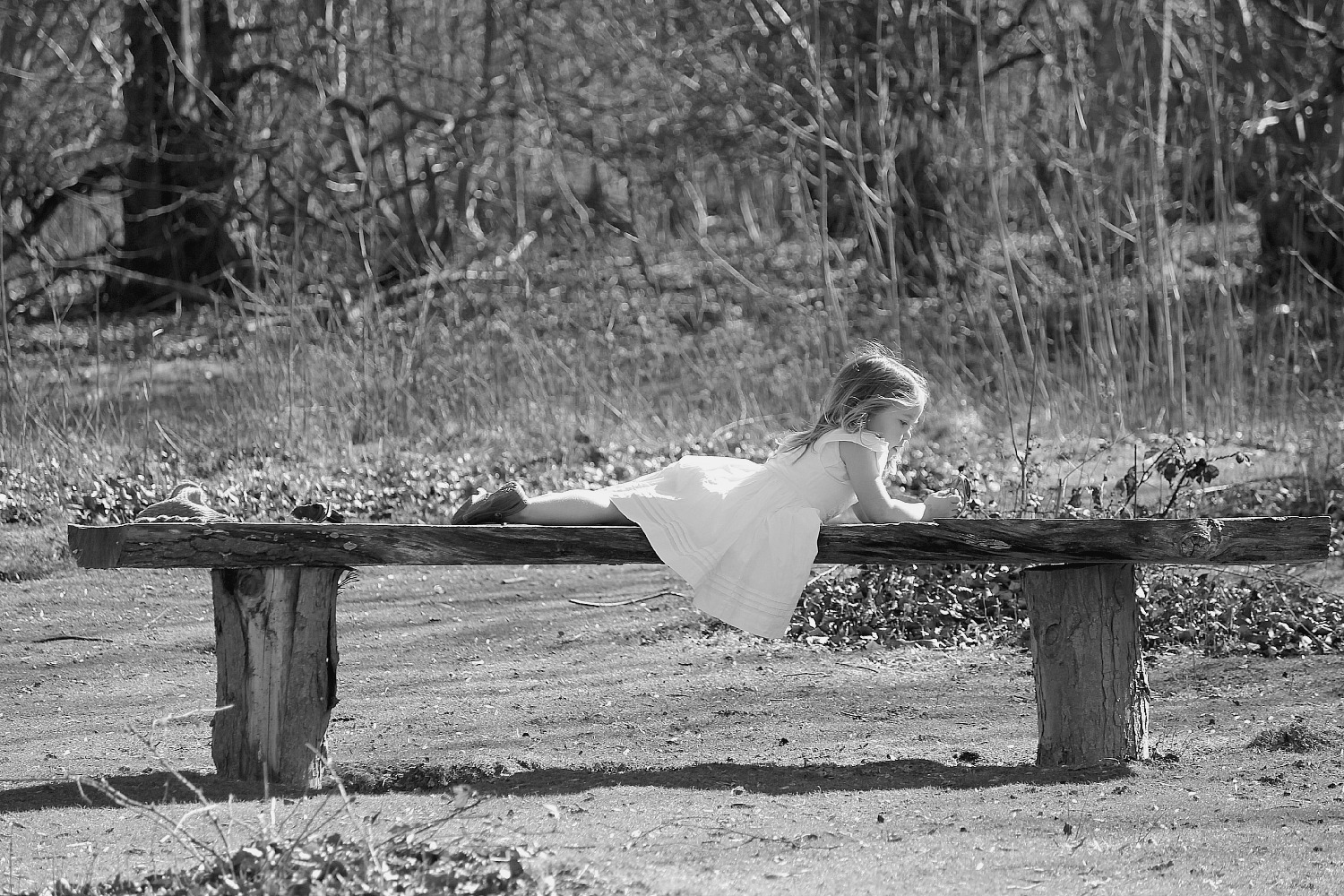
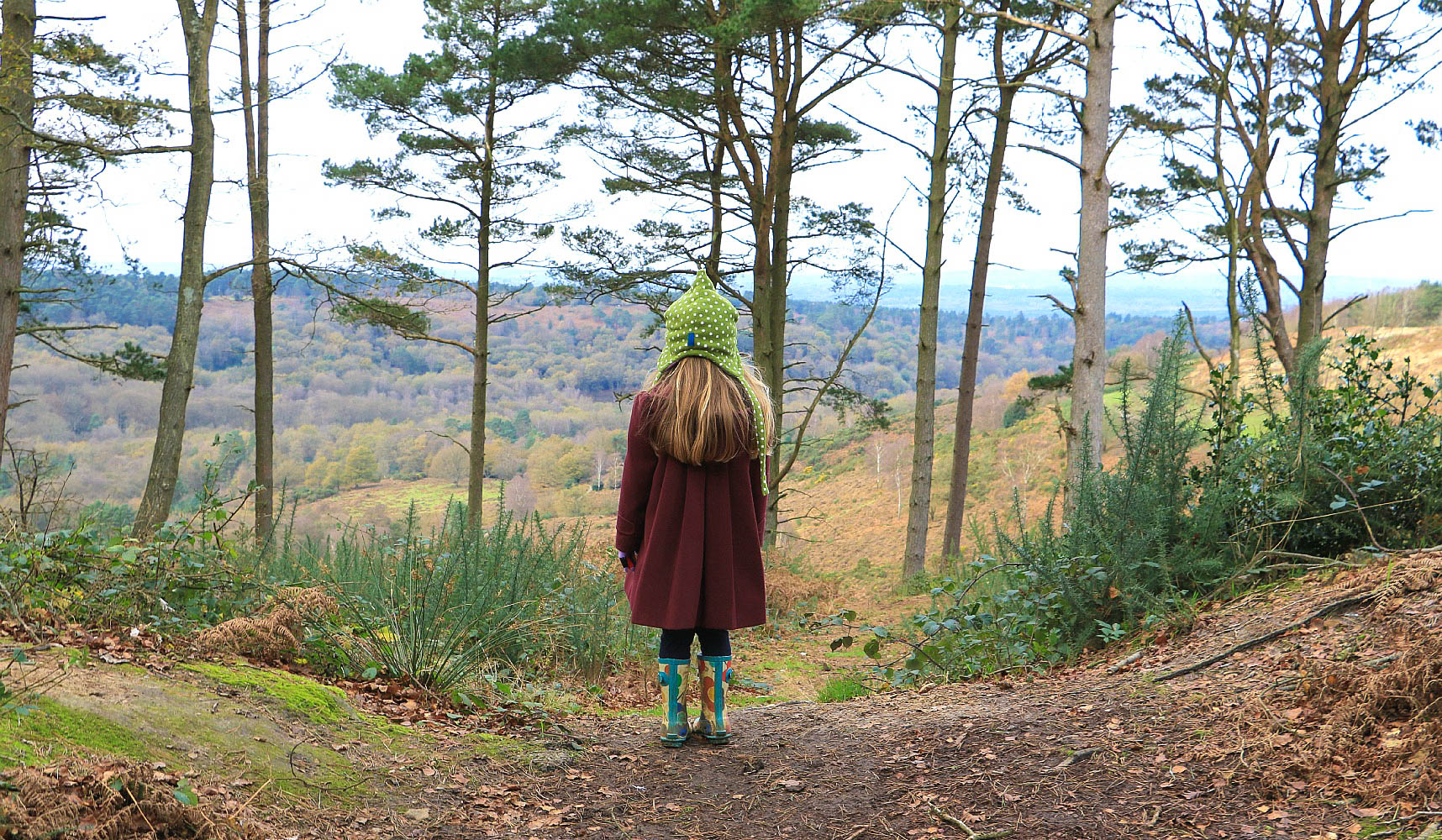
Frame your stories
While backgrounds are an important part of creating a good storytelling photograph, so are lines, shapes and frames around your subjects. Have a look around you, there are complementary shapes everywhere – fences, walls, roads and buildings are great examples. Horizontal lines are good for creating a calming effect whereas vertical show stability. See what’s in your frame and if the angle isn’t working for you, make sure you move around. Don’t be afraid to use the rule of thirds to split your image up horizontally and vertically to change the look of an image.
Focus on the details
Sometimes you don’t need a face to tell a story, just getting down to their level will help you achieve more impact. I am a huge detail fan and I often find myself gravitating closer to a subject without even thinking. Look for the easiest options and experiment with different types of close-up so you have a good selection to choose from when it comes to telling your story. The best combination is typically a range of wide angled shots and more detail orientated photographs.
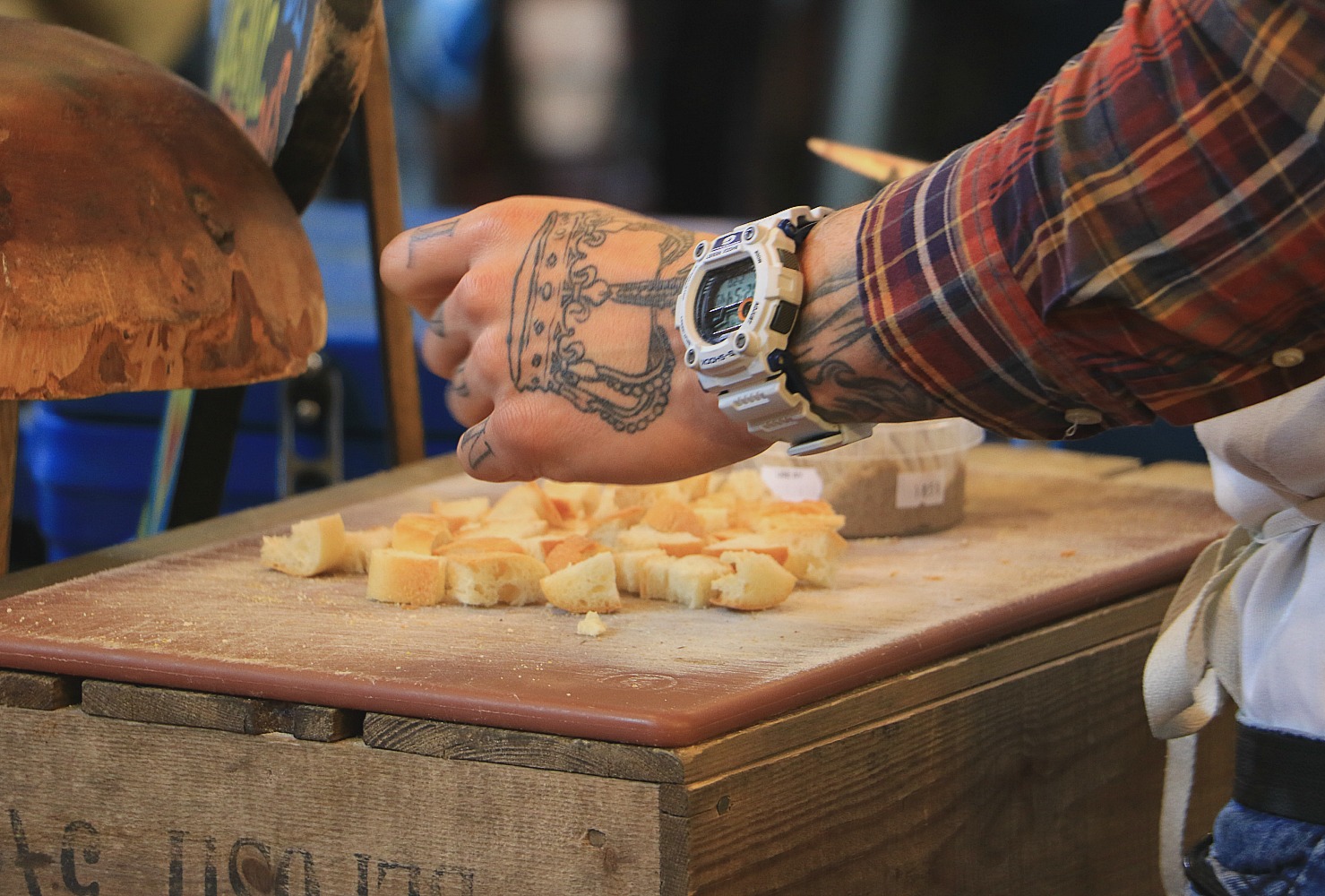
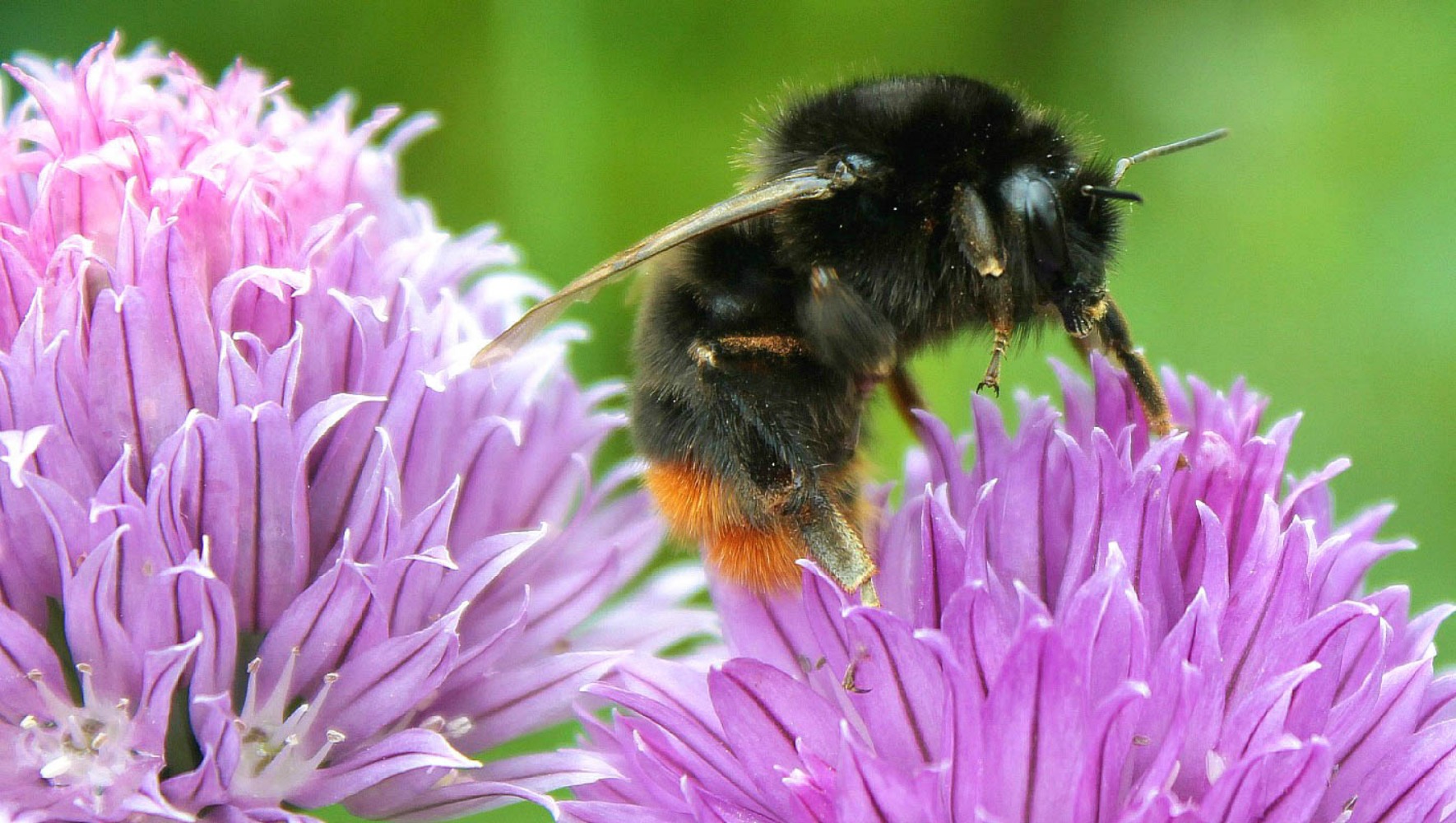
Chase the light
Light can have a dramatic effect on your photographs and can totally alter the look you are trying to achieve. Try to photograph outside if you can as the light is always better and think about the time of day. The golden hour (after sunrise or before sunset) is always a great time but not always an option so think about the direction of light and experiment. Ideally you want your light source behind you or on the side and try to avoid direct sunlight as it can be harsh. You can make night shots look more interesting in B&W if they feature lights, shapes and textures for example.
Look for unusual perspectives
Storytelling is about being unique and doing things differently to get attention. Taking the same photograph from a different angle is a great way to make it more interesting. Continue to think about your background and whether it complements your focal point. Look for unusual perspectives, stand in a different place to everyone else. You can create a very different photograph by crouching, kneeling or even lying down. My rule of thumb is I need to be on the verge of losing my balance to know I’m getting the most out of a photograph. Don’t be afraid to look up, more often than not all the action and a fabulously clean background is just waiting to be captured!

The best bits
If I were to pick out my top tips from this session, firstly it would be to find what gets your heart racing and stirs the fire in your belly. Then get out of your comfort zone and challenge yourself. Ask how you’ll draw your readers in and keep them engaged. Decide how much of your story you want to tell and how you can make your photographs meaningful. Look for emotion and think about how you want people to feel when they see your photographs.
Decide on a theme whether it be visual, relationship or location based and take out the photographs you don’t need. Isolate your subjects to make your story more impactful and see if there are any shapes you can use for framing. Think about the close-ups you might need to enhance your story and experiment. Know when the best time is to take photographs and try different angles to make your photographs more interesting.
Oh and finally, make sure you just go out there and enjoy every minute!
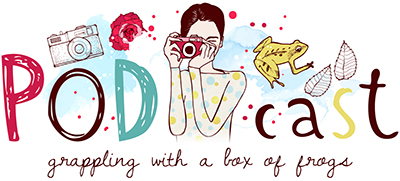
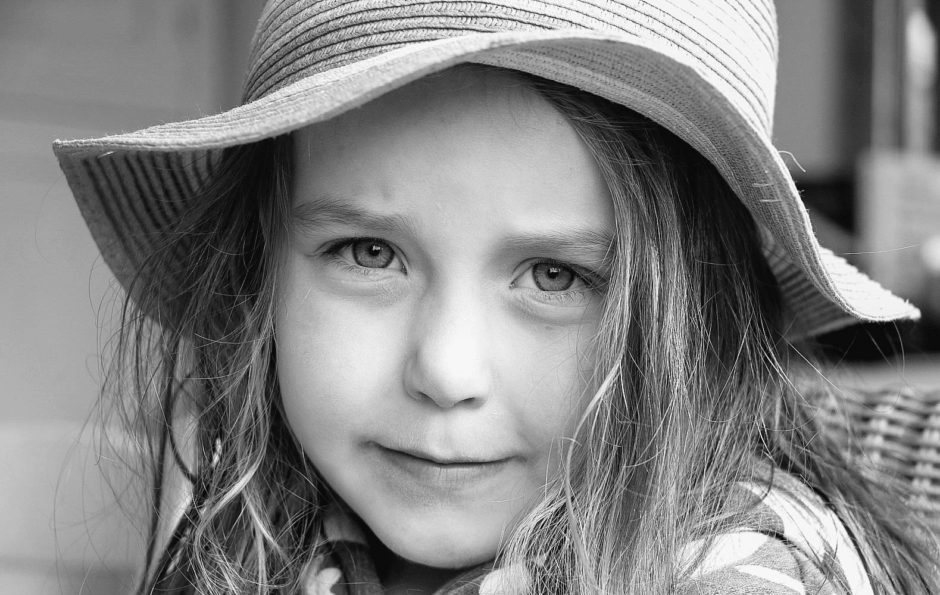
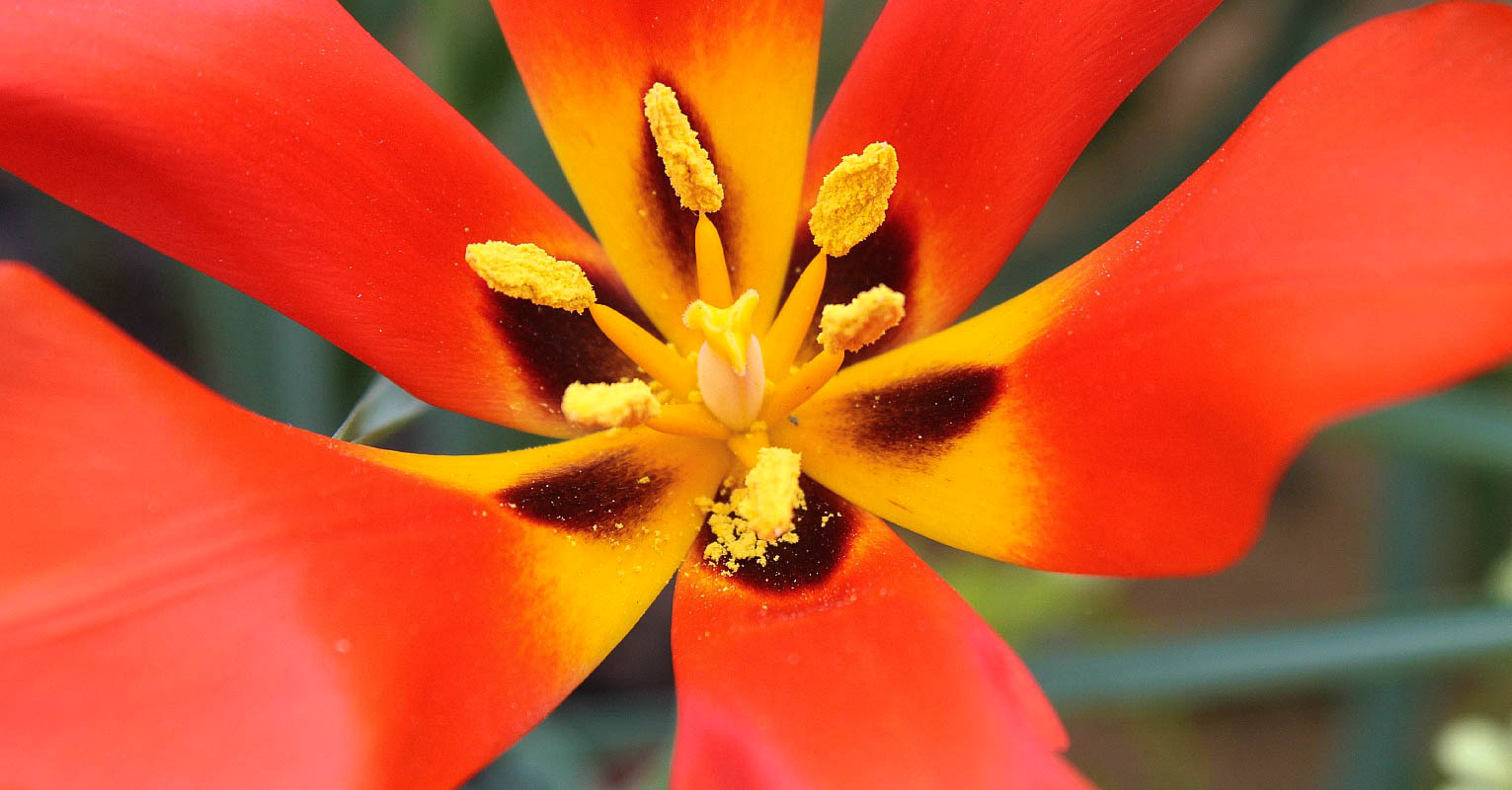
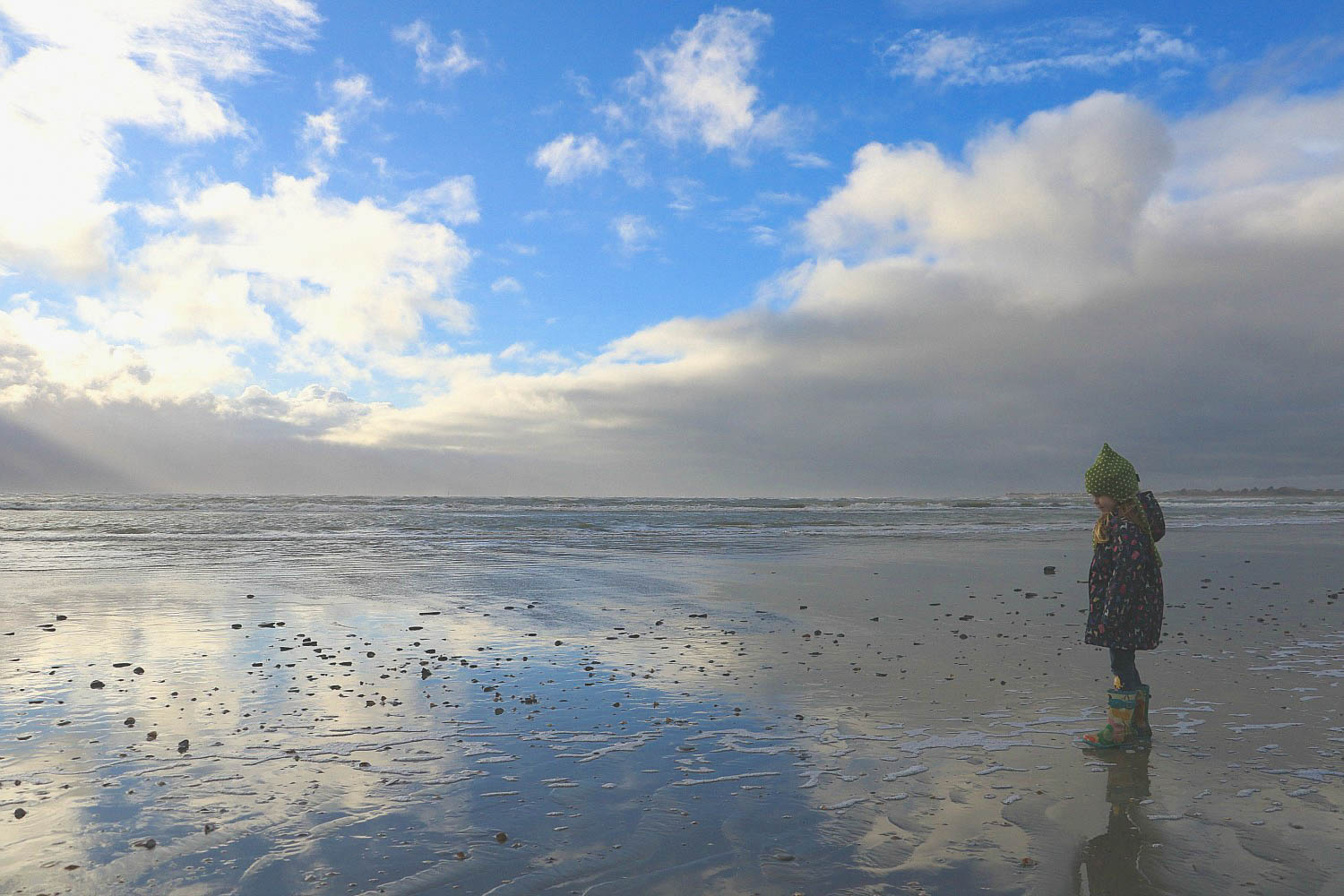
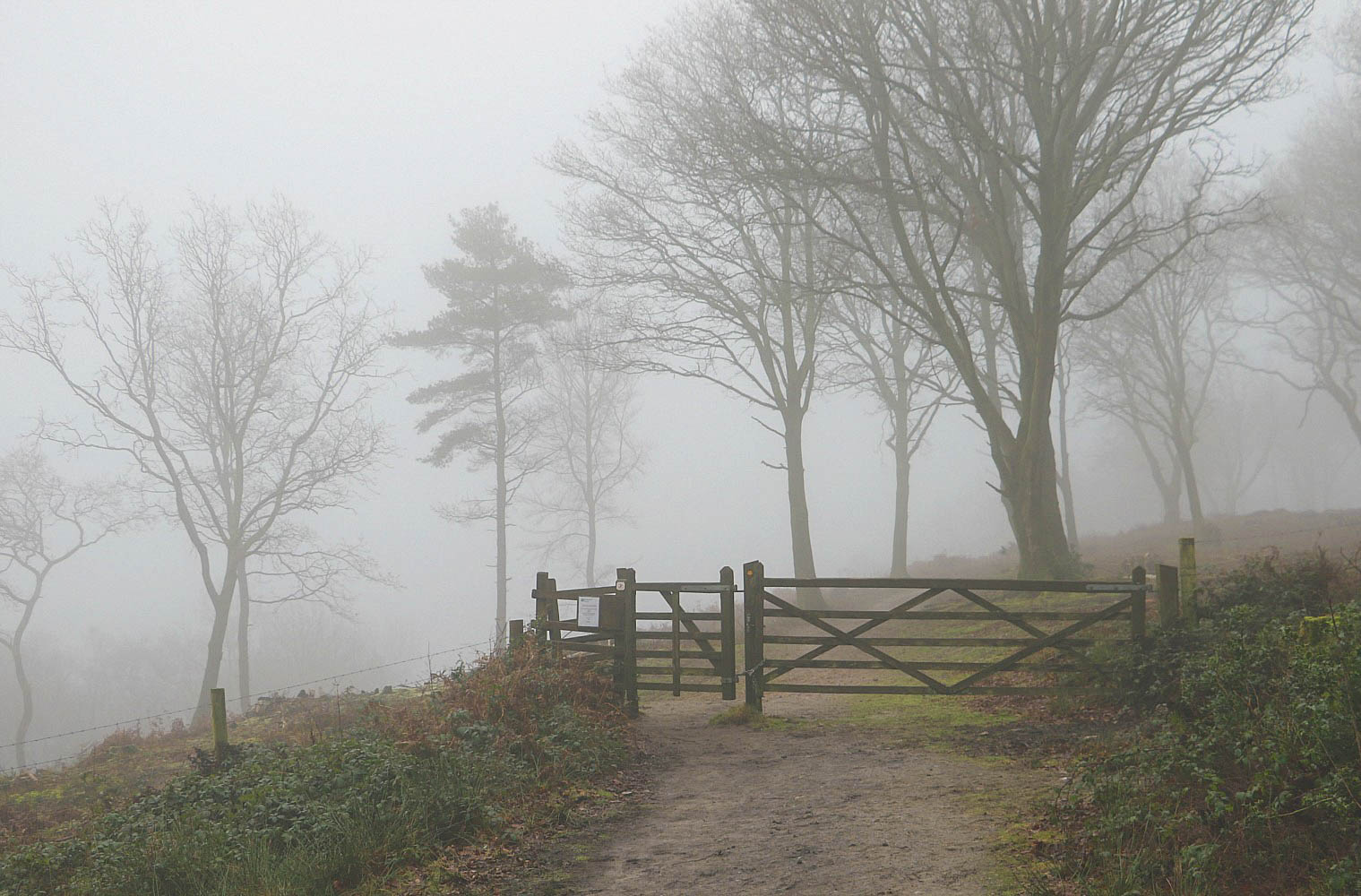
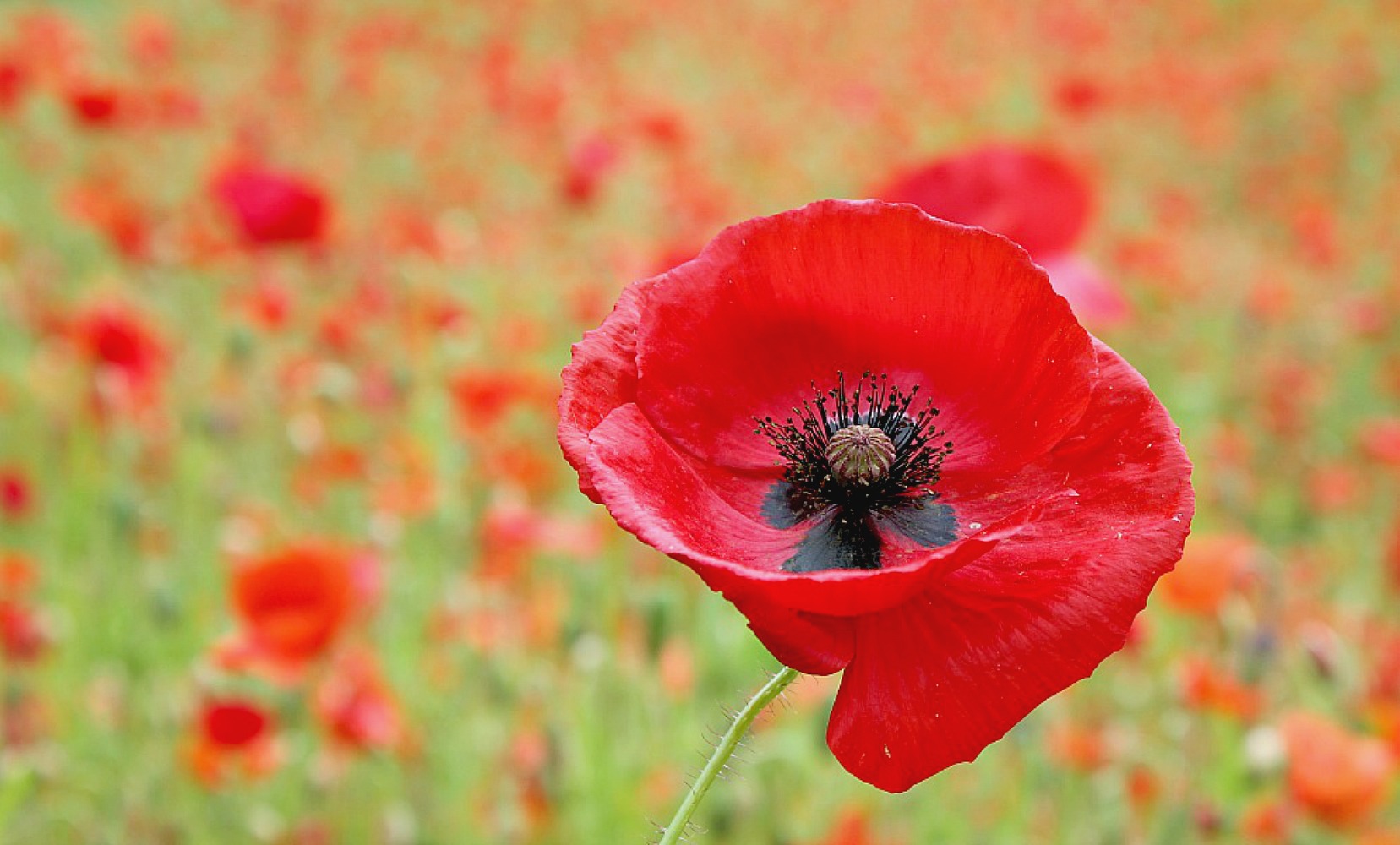
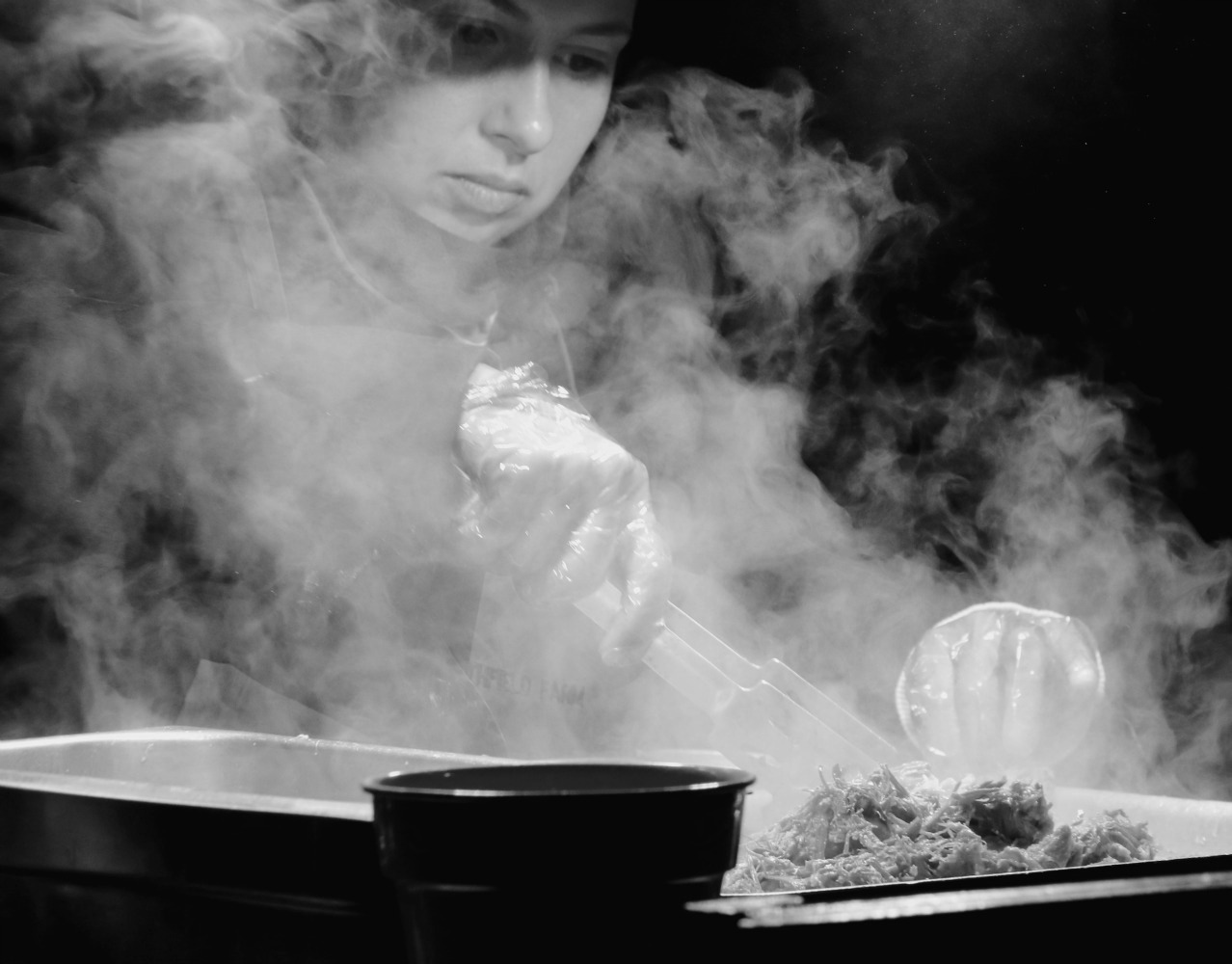
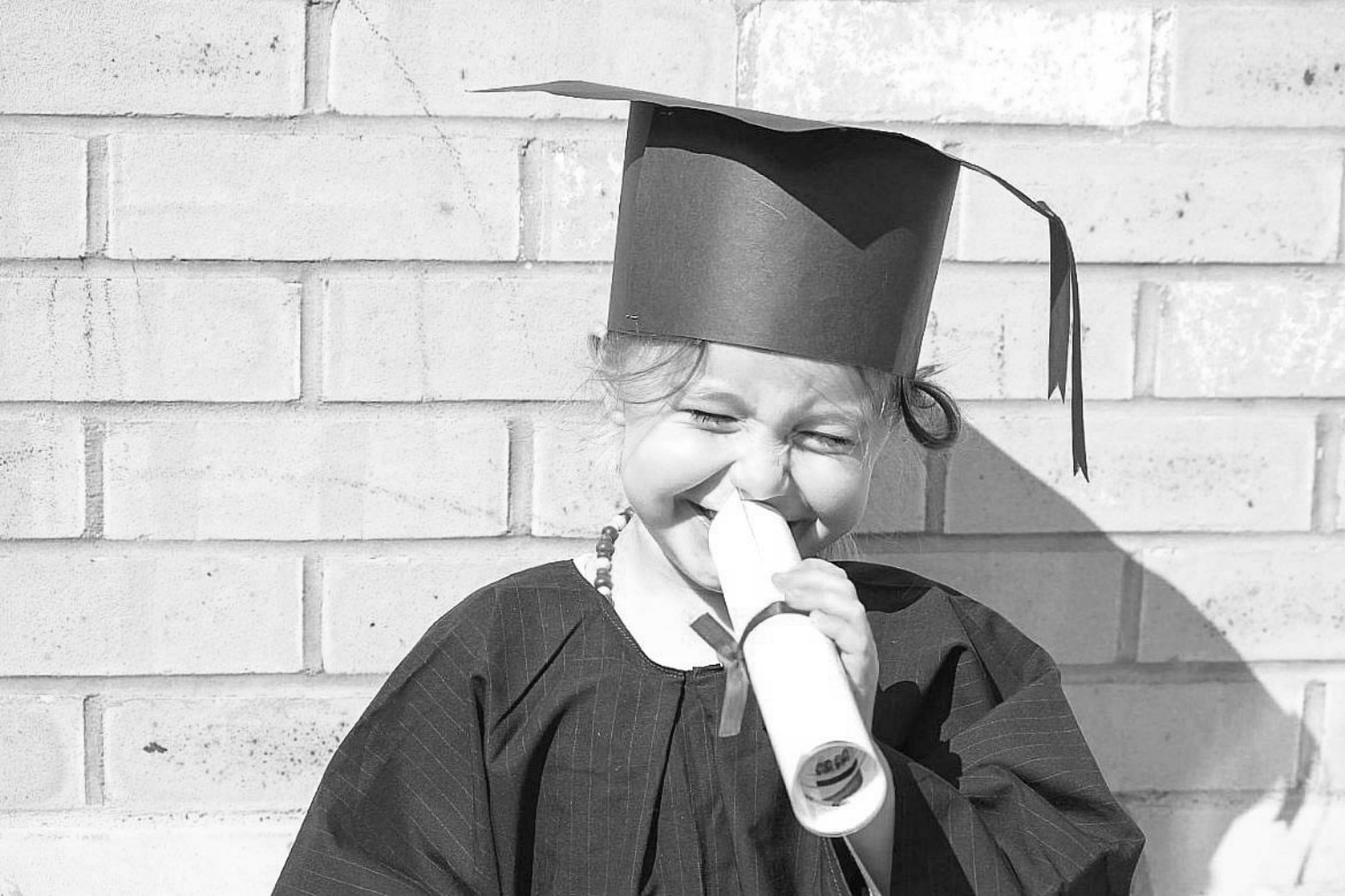

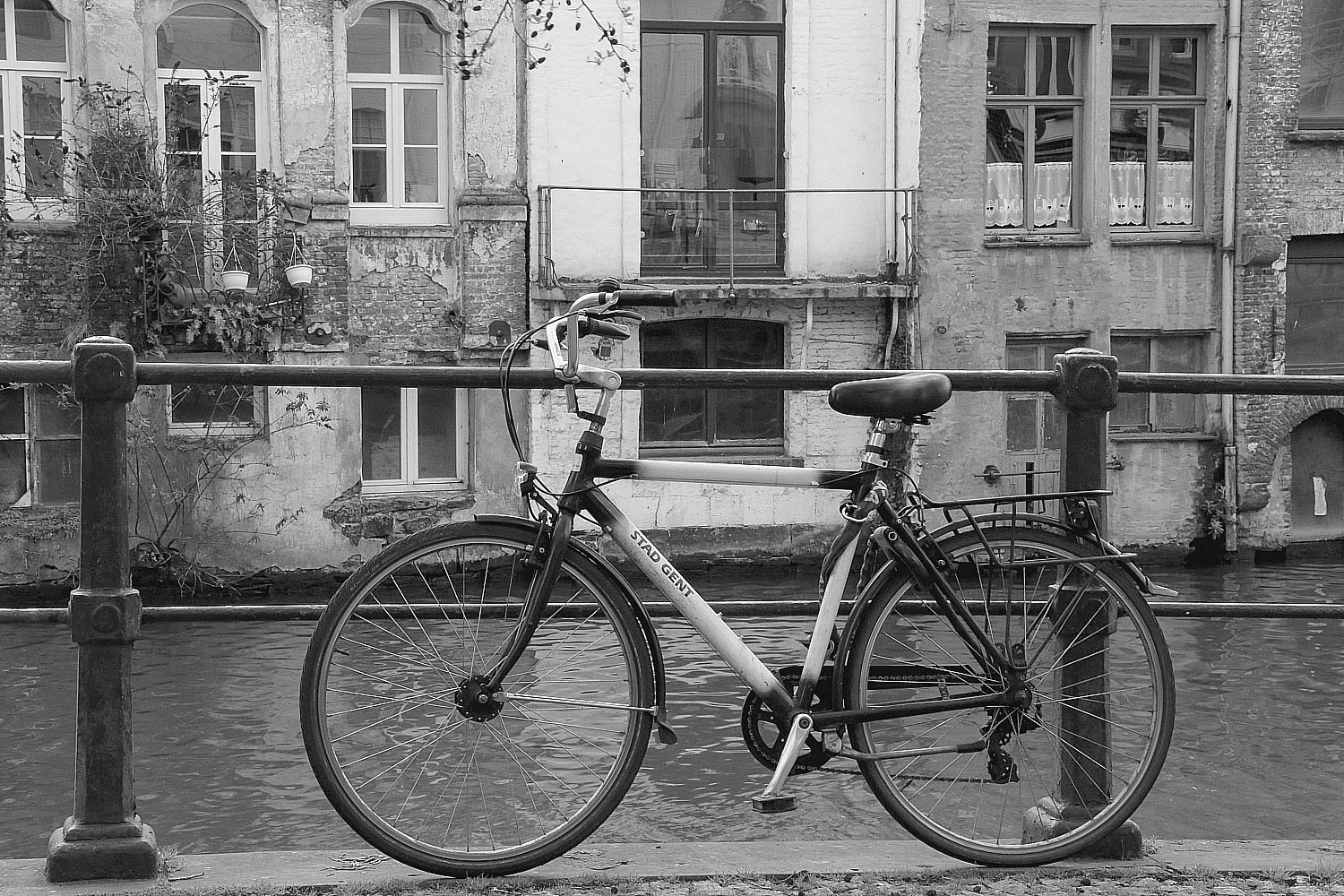
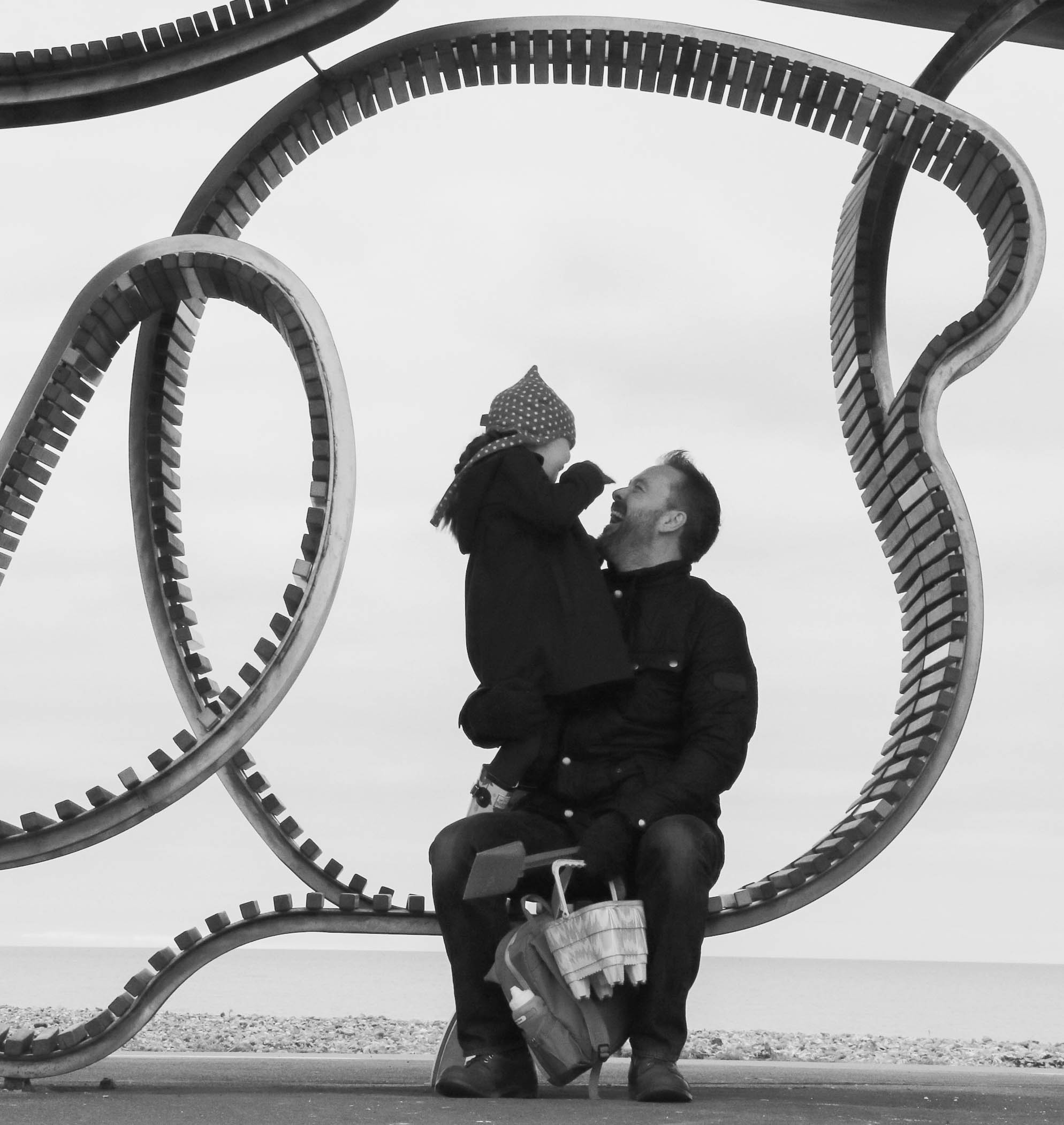
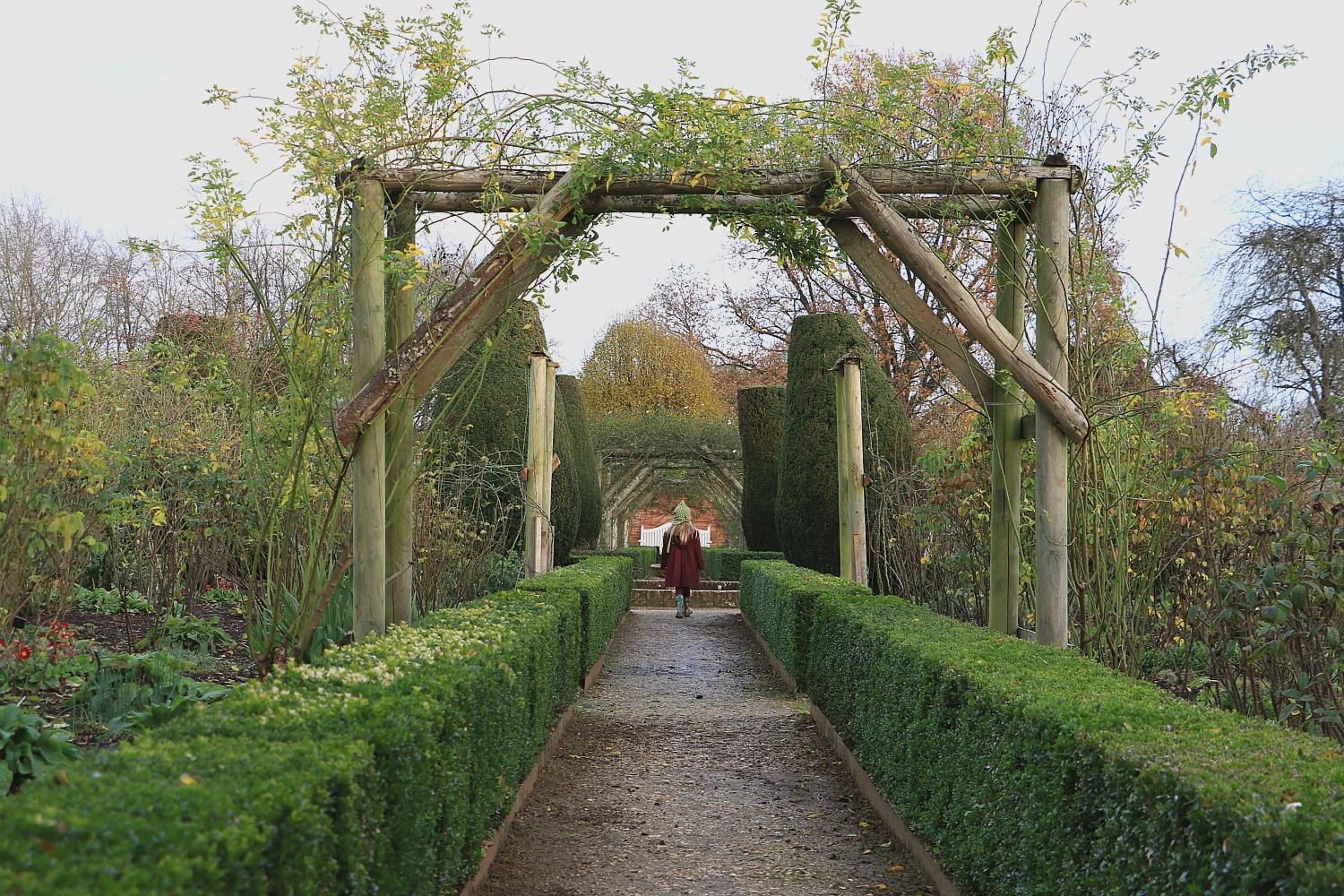
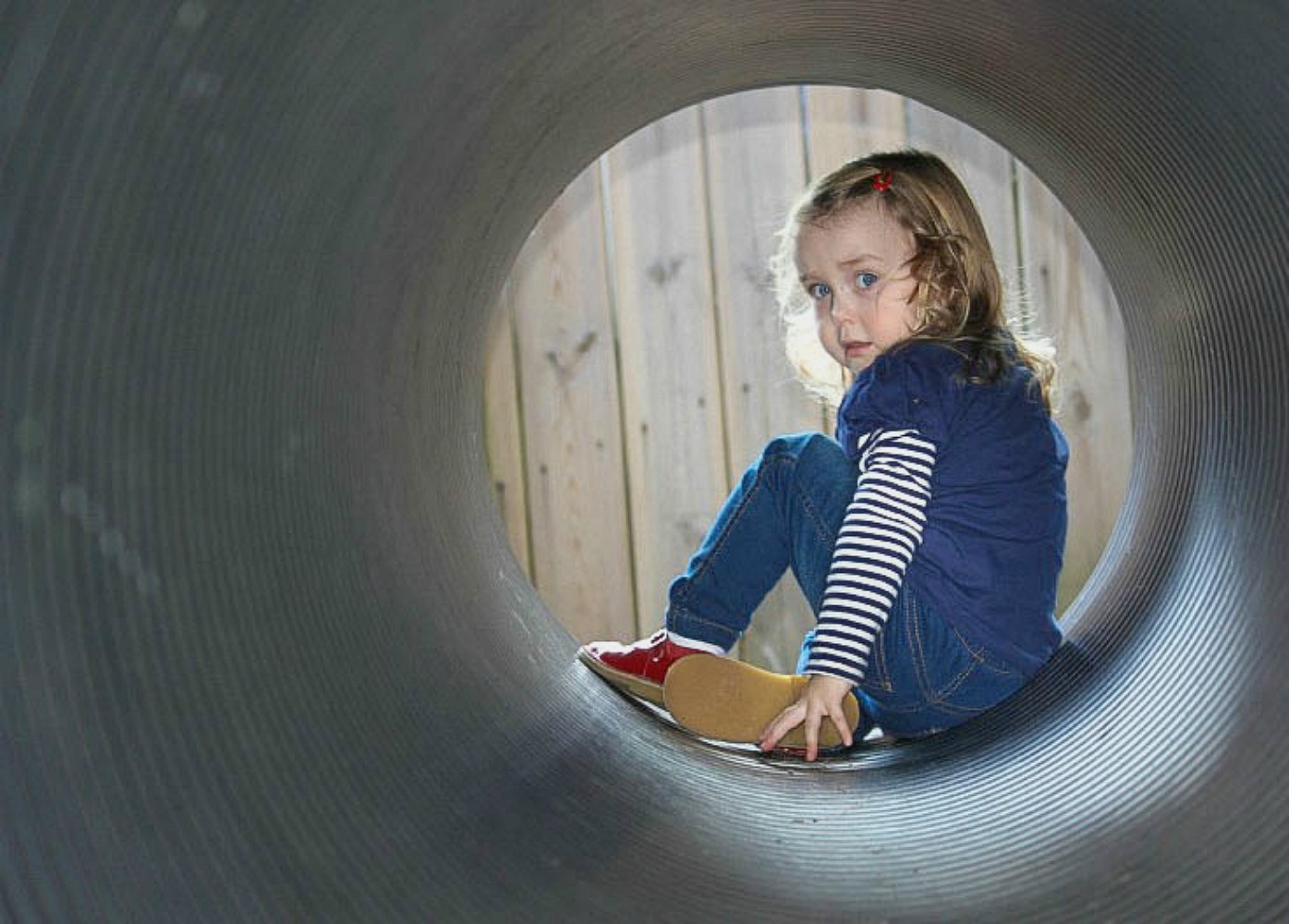
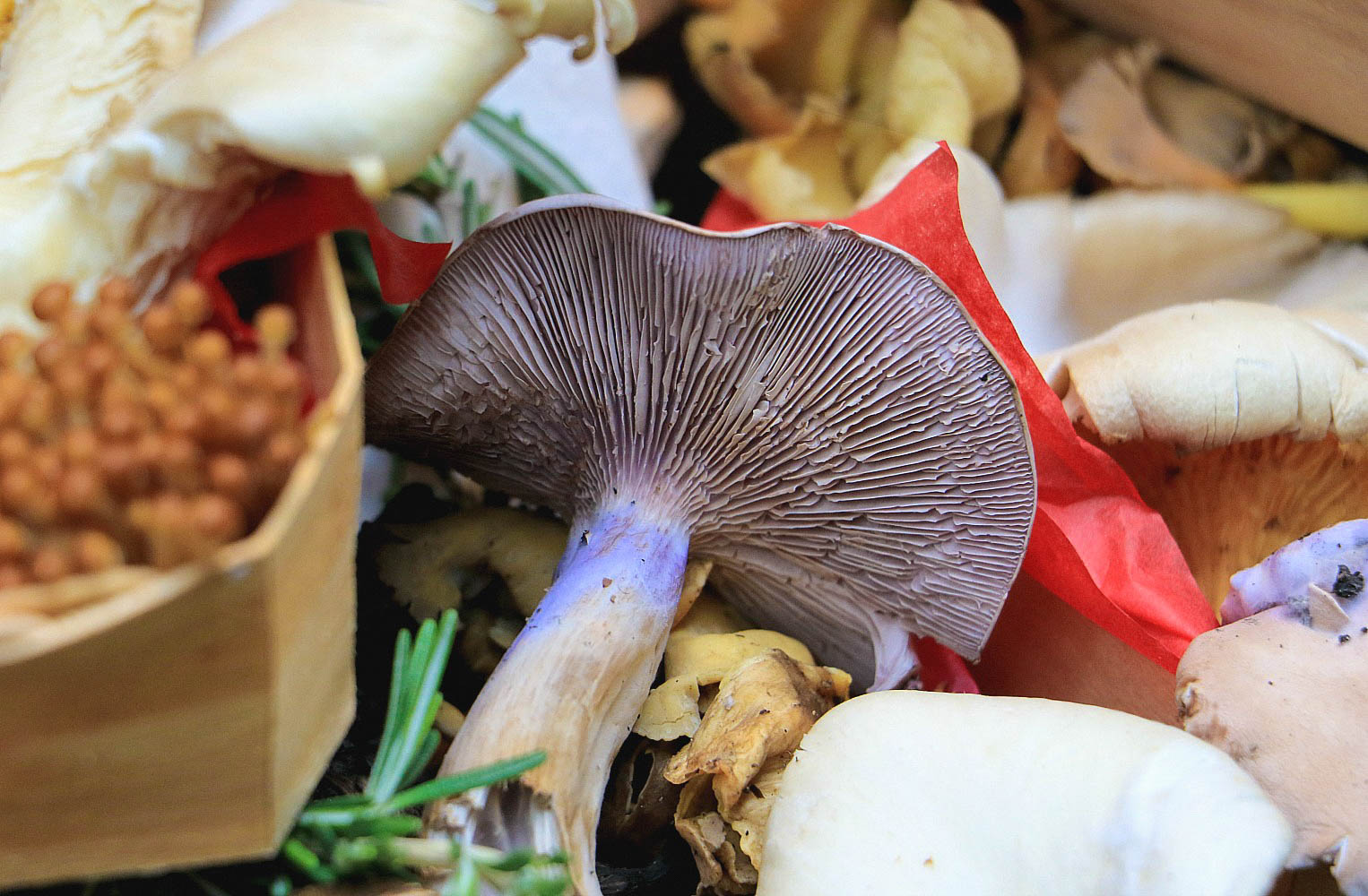
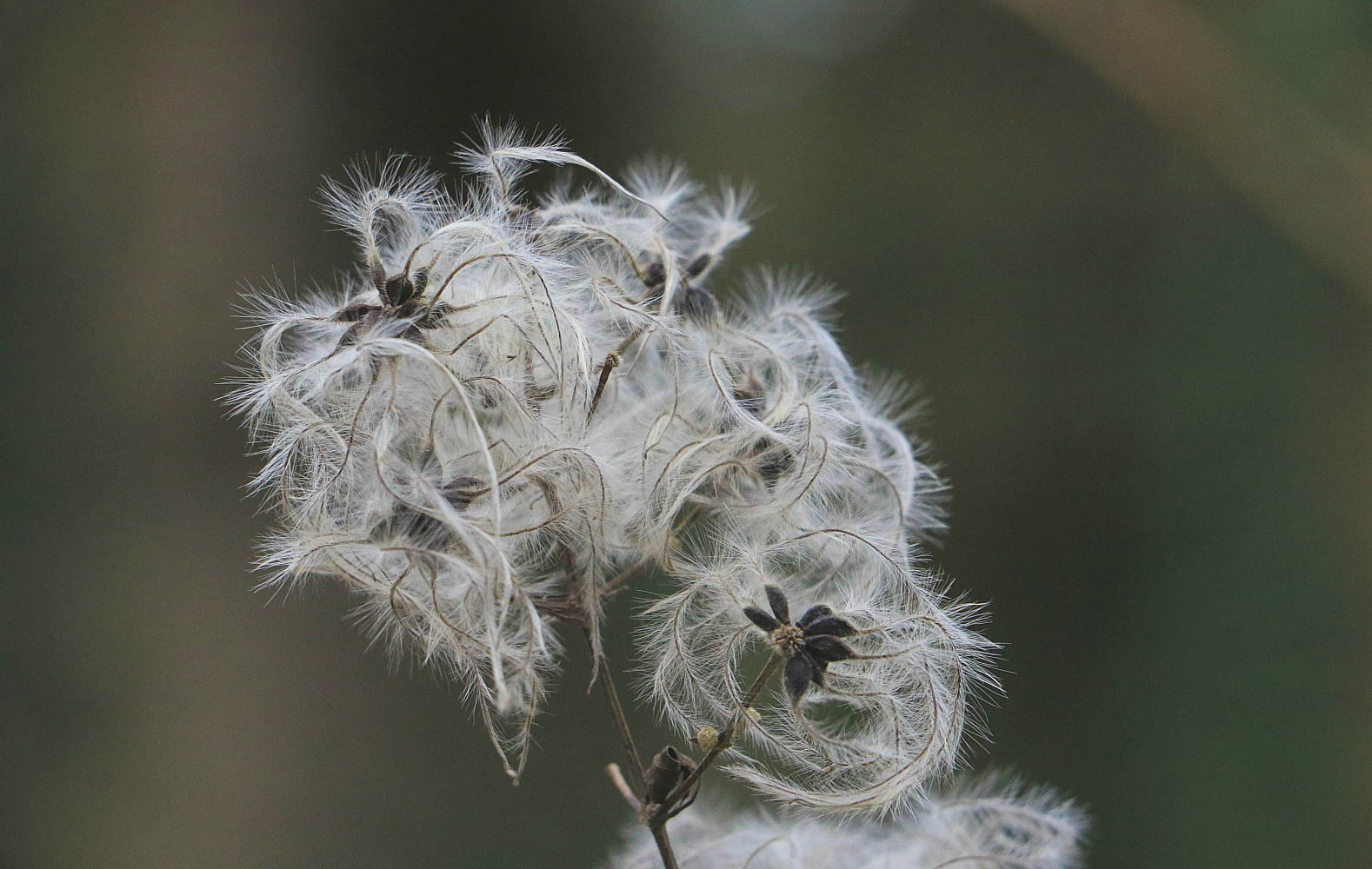
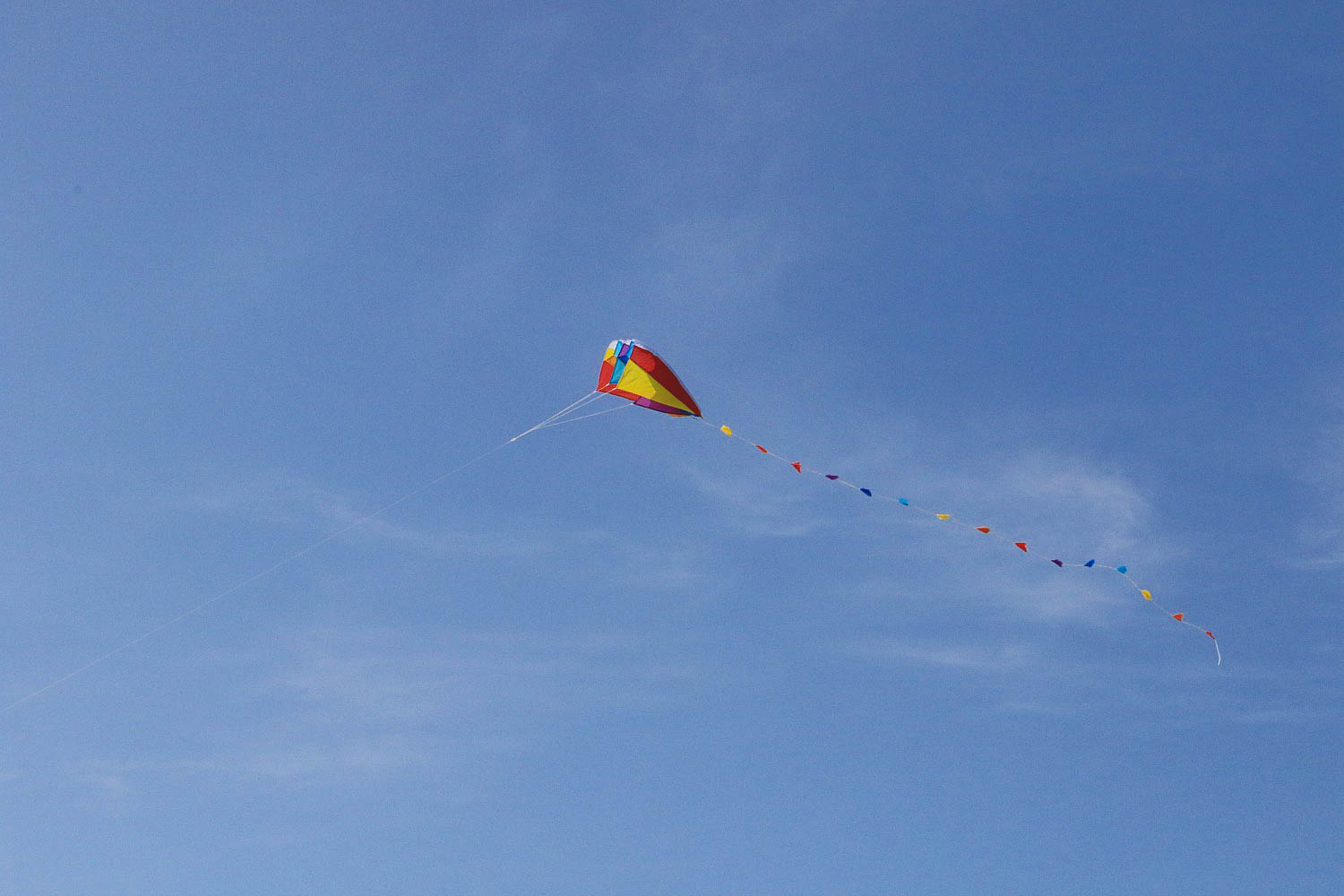



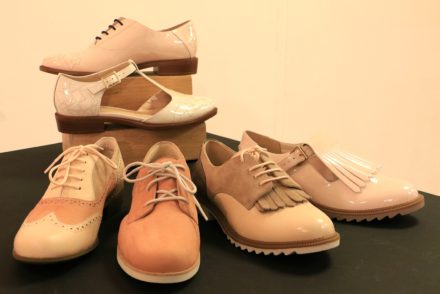
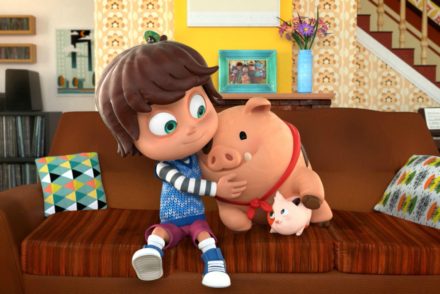
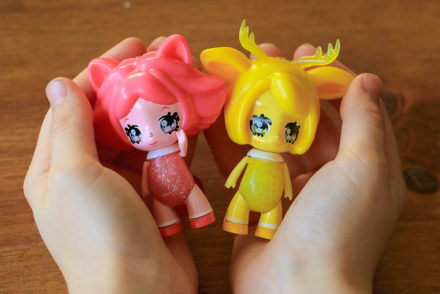

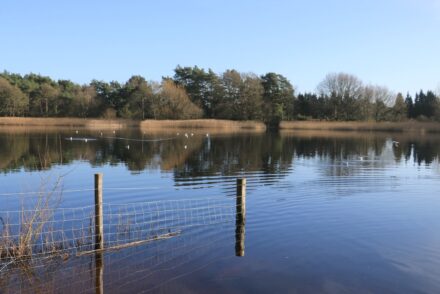

Thanks for this Charly. Really helpful to have notes written up (mostly because I never get round to writing my own up). Loving your photos as usual.
Very insightful Charly and the pics are fabulous!
Thanks for this! I missed your session and was hoping you would write it up afterwards – and here it is 🙂